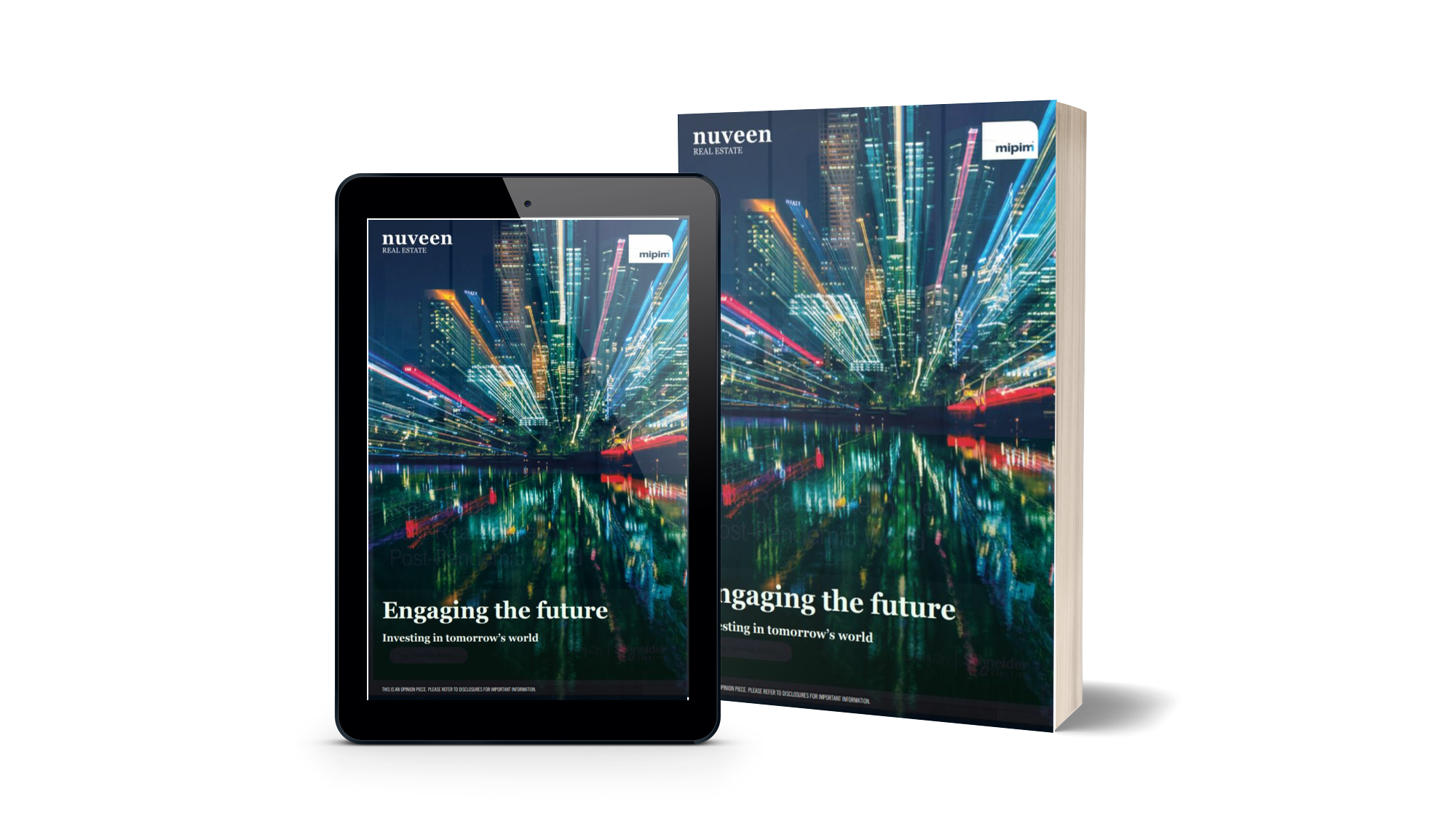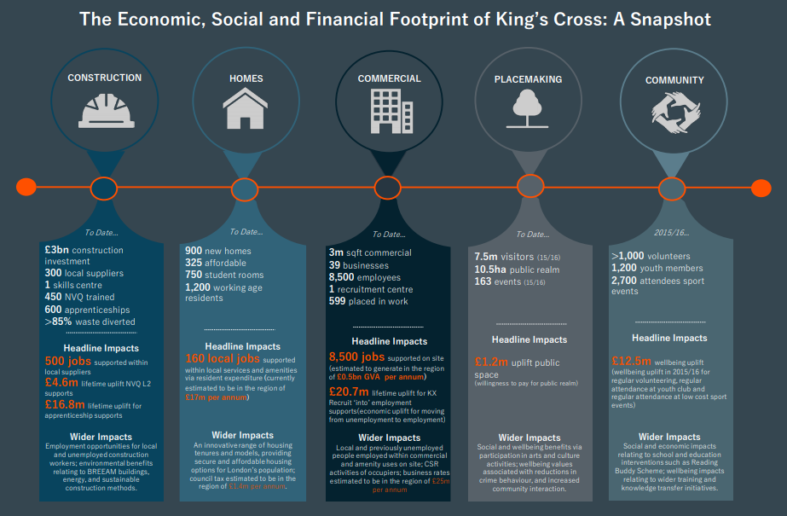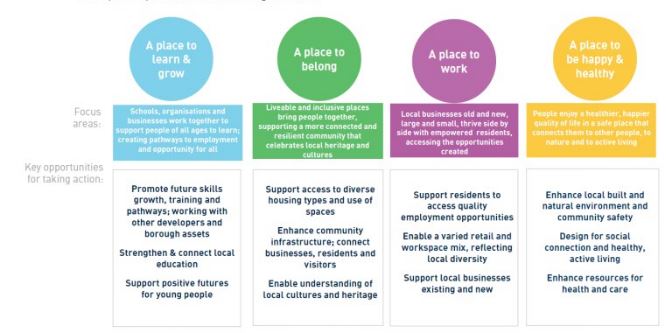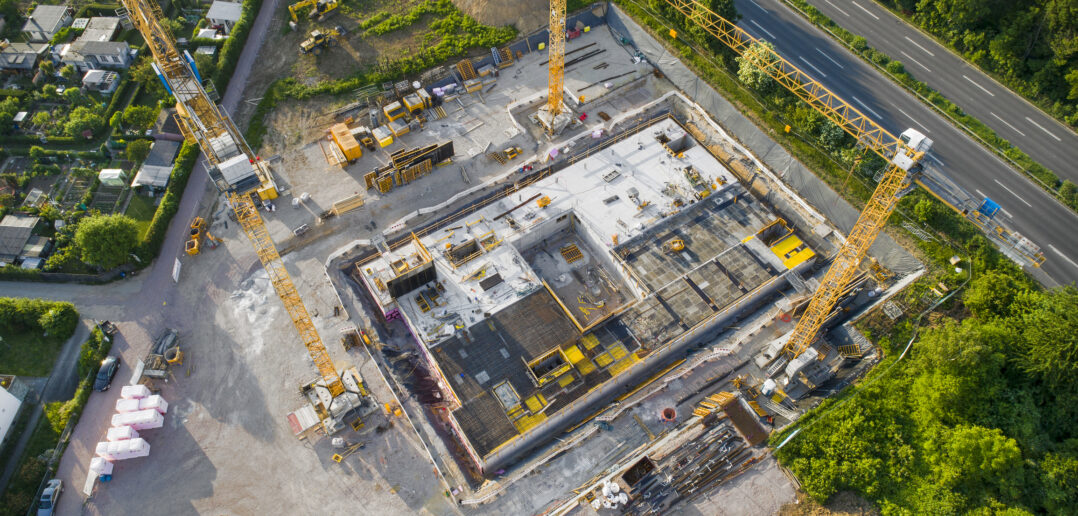“Real estate companies have a social obligation. The quality of built environment has a large impact on our quality of life. The places we live and work have tangible and symbolic importance. There is therefore a direct responsibility for everyone working in real estate to deliver the best places and spaces possible.”

Engaging the futur
Investing in tomorrow’s world
This statement by Sara Bailey, Head of Real Estate at Trowers & Hamlins and advisory board member for MIPIM UK Summit, highlights an important issue facing development companies today. Social value and impact are factors which must be taken into account in the creation, regeneration and sustained maintenance of successful places.
Increased attention is being drawn to the powerful role of the property industry in shaping the built environment from a standpoint which aims to reflect individual communities, listen to their distinctive requirements, and contribute positively to the social character of an area.
Melanie Leech, Chief Executive, British Property Federation believes that the property industry should “reinvigorate and strengthen communities, build and fund essential infrastructure to support health and education, and enhance local environments,” in addition to the well-understood provision of jobs and direct economic benefits. This reveals a fundamental shift in the type of responsibility placed with this sector.
“The property industry is in the privileged position of touching people’s lives on a daily basis. We create the workspaces that support jobs and livelihoods, the places we call home and the environments where people relax and socialize. All business sectors are being challenged to make more of a contribution to society and to the communities they serve. The value created by the property industry is not widely understood and we need to tell our story better. But we need to go further and look for ways to increase the positive impact of our activities for local communities and be prepared to be held to account in doing so,” Melanie Leech added.
Greater awareness of the potential and perceived social impact of development has the opportunity to mutually benefit both the communities facing development and the property industry- the value of which is not well understood, as highlighted by the British Property Federation:
“Through our campaign ‘Redefining Real Estate’, the British Property Federation has committed to support its members to ensure that our industry’s social value is both enhanced and recognised more widely,” concluded Melanie Leech.

Engaging the futur
Investing in tomorrow’s world
This responsibility has been widely recognized. Following the broad success of the King’s Cross regeneration, Regeneris Consulting was asked to review the input of King’s Cross Central Limited Partnership (KCCLP), Argent and partners to assess their social and economic impact. Furthermore, a baseline and guidance for tracking development impact in the future was also provided to Argent in connection with this report, indicating the place of these quantifiable elements for future development portfolios.

King’s Cross, Argent
This review by Regeneris Consulting aligns with the precedent set by Canada Waters’ Social Regeneration Charter at the end of 2018, the first report of this kind, developed to ensure benefits for local communities in Southwark’s major regeneration areas. According to Southwark Council, this document aimed to “lay out a common vision and programme to improve the well-being of residents in and around the area, to be delivered through joint working and local input.”

Direct responses to the overall ambitions of the Charter from January 2018 (from 74 responses)

Evolution of the Charter

Draft themes and priorities
Reports of a similar nature have also been commissioned by Trowers & Hamlins, with the common aim of qualifying the social value of development in order “to understand the long-term impacts and benefit to both the development itself and to the wider social context and community”.
Trowers & Hamlins’ year-long research study – the Real Value Report, “sets out criteria for developers, investors, public authorities etc, to measure the social impact of developments.” Does this mark the beginning of a new, reciprocal relationship whereby developers and communities alike might benefit from a greater understanding of one another?
Be sure to catch the ‘Social impact: how does it relate to real estate?’ panel session at the #MIPIMUK Summit to understand the latest thinking around social impact and its importance to real estate: https://online-database.mipimuk.co.uk/en/Sessions/80266/Social-impact-how-does-it-relate-to-real-estate



